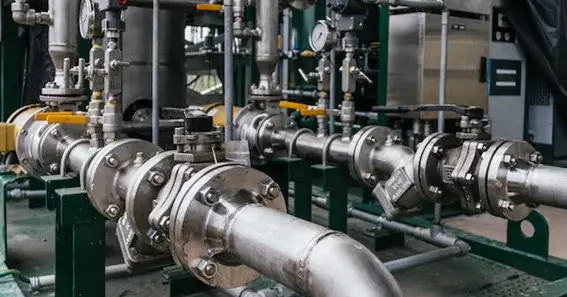Regular maintenance of your General Hydraulic Solutions (GHS) platform lift is essential for ensuring its optimal performance and longevity. A critical aspect of this maintenance is bleeding the hydraulic system to remove any trapped air, which can impair functionality and safety. This guide provides a detailed walkthrough of the bleeding process, referencing the GHS 2013 Owner’s Manual.
Understanding the Importance of Bleeding the Hydraulic System
Air trapped within the hydraulic system can lead to spongy operation, reduced efficiency, and potential system failure. Bleeding the system removes this air, ensuring smooth and reliable operation of your platform lift.
Step-by-Step Bleeding Procedure
- Safety Precautions:
- Ensure the vessel is stationary and the engine is off.
- Verify that the platform area is clear of personnel and obstructions.
- Access the Hydraulic Power Unit (HPU):
- Locate the HPU, typically situated near the transom or in the engine room.
- Check Hydraulic Fluid Levels:
- Inspect the hydraulic fluid reservoir to ensure it is filled to the recommended level.
- Use an ISO 46 (AW) hydraulic fluid, as recommended by GHS.
- Activate the Manual Pump:
- Insert the emergency pump handle into the manual pump located on the HPU.
- Turn the knurled red knob on the ‘UP’ solenoid counterclockwise until it pops up, engaging the manual mode.
- Operate the Manual Pump:
- Pump the handle slowly and steadily to raise the platform.
- Observe the hydraulic lines and cylinders for any air bubbles or irregularities.
- Monitor Fluid Levels:
- After operating the manual pump, recheck the hydraulic fluid level and top up if necessary.
- Return to Normal Operation:
- Once bleeding is complete, turn the red knob clockwise to return it to its original position, disengaging the manual mode.
- Test the platform lift using the standard controls to ensure proper operation.
Additional Maintenance Tips
- Regular Inspections: Periodically check for hydraulic fluid leaks, hose wear, and cylinder integrity.
- Fluid Replacement: Replace hydraulic fluid as per the manufacturer’s recommendations to maintain system efficiency.
- Professional Servicing: If issues persist after bleeding, consult a certified technician for a comprehensive system evaluation.
Conclusion
Proper maintenance of your GHS platform lift’s hydraulic system, including regular bleeding, is vital for safe and efficient operation. Adhering to the manufacturer’s guidelines ensures the longevity and reliability of your equipment.
FAQ
1. How often should I bleed the hydraulic system on my GHS platform lift?
It’s advisable to bleed the system during regular maintenance intervals or if you notice spongy operation or decreased performance.
2. Can I use any hydraulic fluid for my GHS platform lift?
No, it’s recommended to use an ISO 46 (AW) hydraulic fluid to ensure compatibility and optimal performance.
3. What should I do if I notice a hydraulic fluid leak?
Immediately cease operation and inspect the system to identify the source of the leak. Replace damaged components and refill the fluid before resuming use.
4. Is it necessary to engage the manual pump for bleeding the system?
Yes, using the manual pump allows for controlled operation, facilitating the effective removal of trapped air from the system.
5. Where can I find more detailed information on maintaining my GHS platform lift?
Refer to the GHS 2013 Owner’s Manual for comprehensive maintenance guidelines and procedures.








